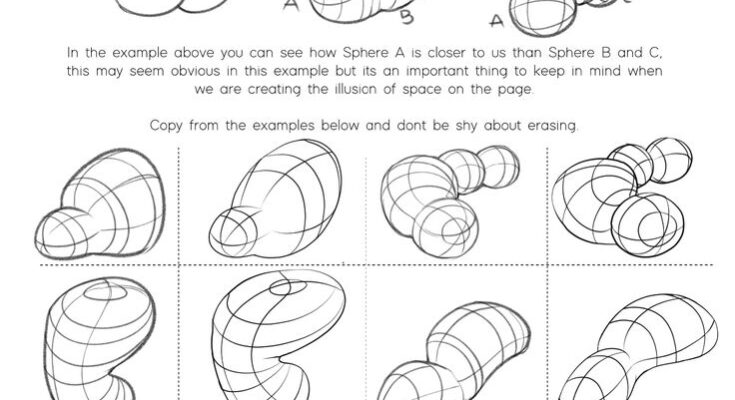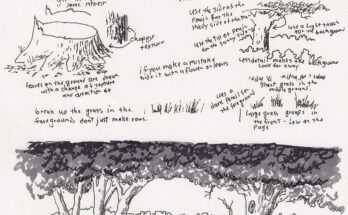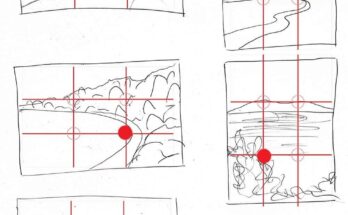Mastering Overlap: A Fundamental Concept in Drawing for Beginners

This tutorial, “Basics of Drawing: Overlap by JeyRam,” delves into one of the most crucial foundational principles in creating compelling and realistic artwork: overlap. Understanding and effectively utilizing overlap is essential for conveying depth, space, and the illusion of three-dimensionality on a two-dimensional surface.
Why is Overlap So Important?
As the tutorial clearly illustrates, overlap is the visual cue that tells our eyes which objects or parts of objects are closer to us and which are further away. When one form appears to cover or partially obscure another, our brain automatically interprets the obscuring object as being in front. This seemingly simple concept is incredibly powerful in establishing a believable sense of perspective and spatial relationships within your drawings.
Key Concepts Covered:
The tutorial breaks down the concept of overlap using clear and concise examples:
- Illustrative Spheres (Top Section): The initial examples demonstrate how even basic geometric forms like spheres can be used to understand overlap. When Sphere A is drawn in front of Sphere B, and Sphere B in front of Sphere C, the visual hierarchy immediately becomes apparent. This section emphasizes that “the object that is closest to the viewer will overlap the ones further back, so parts of the form that are closer will overlap the parts that are further back.” This reinforces the core idea: what’s closer is visible, what’s further is partially hidden.
- Contour Line Exercises (Bottom Section): The bulk of the tutorial provides a series of practice exercises using various organic, blob-like forms. These exercises are meticulously designed to help beginners:
- Practice with Complex Overlaps: Unlike simple spheres, these forms feature multiple curves and overlaps, encouraging the artist to think critically about which lines should be visible and which should be implied or hidden.
- Develop Spatial Awareness: By drawing the contour lines that wrap around these forms, artists learn to visualize objects in three dimensions and understand how different parts of a form relate to each other in space.
- Improve Line Control and Precision: The detailed contour lines require careful execution, which helps in developing steady hands and precise drawing strokes.
- Embrace Erasing: The gentle reminder “dont be shy about erasing” is invaluable advice for any budding artist. It encourages experimentation and iterative refinement, emphasizing that drawing is a process of building and correcting.
How to Use This Tutorial:
This tutorial is perfect for:
- Absolute Beginners: Those new to drawing will find a clear and easy-to-understand introduction to a fundamental concept.
- Artists Struggling with Depth: If your drawings often look flat, these exercises will provide the tools to add dimension and volume.
- Anyone Looking to Refine Their Basic Skills: Even experienced artists can benefit from revisiting foundational concepts to strengthen their understanding and technique.
Practical Application:
The principles of overlap extend far beyond these practice exercises. Once mastered, you’ll be able to apply them to:
- Still Life Drawing: Accurately depicting how objects in a still life arrangement sit in front of or behind each other.
- Figure Drawing: Showing how one limb overlaps another, creating a sense of natural movement and depth.
- Landscape Drawing: Creating the illusion of distance with trees, mountains, and buildings overlapping.
- Composition: Guiding the viewer’s eye through your artwork by strategically using overlap to create focal points and visual pathways.
Conclusion:
“Basics of Drawing: Overlap” is an indispensable resource for anyone serious about improving their drawing skills. By diligently working through these exercises and internalizing the concept of overlap, artists can unlock a new level of realism and sophistication in their work. Don’t underestimate the power of this simple yet profound principle—it’s a cornerstone of creating believable and engaging art.



